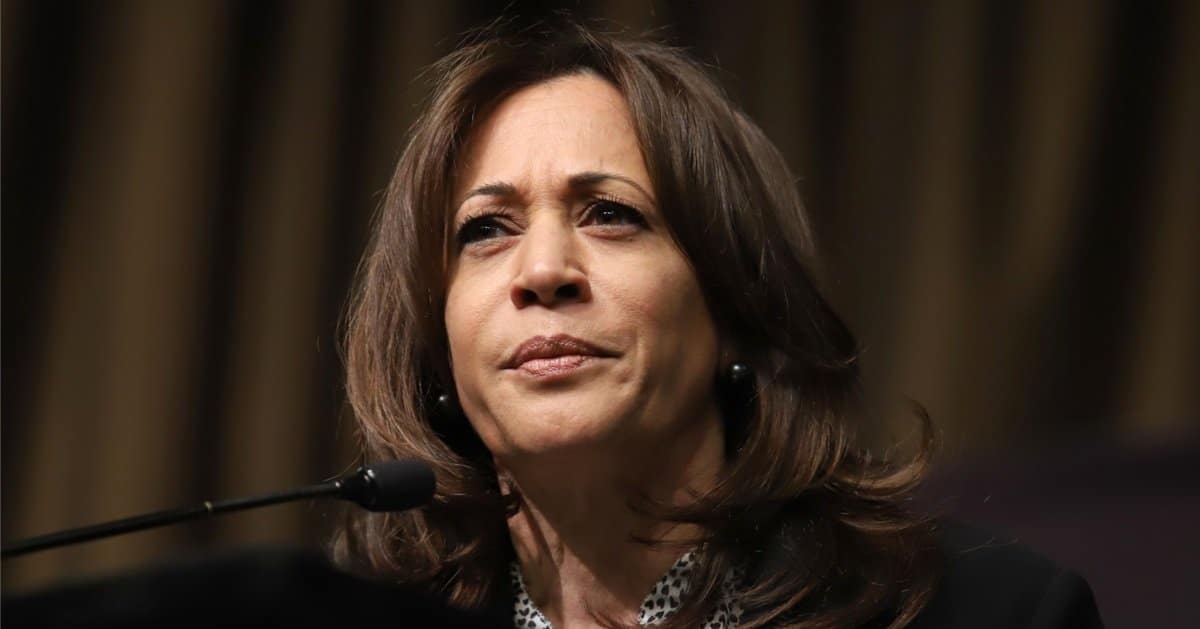


The 8th U.S. Circuit Court of Appeals has made a critical decision to halt the implementation of the Saving on a Valuable Education (SAVE) plan, a cornerstone of former President Joe Biden's student loan relief strategy.
Breitbart reported that the court's decision was the result of a legal challenge initiated by seven states, spearheaded by Republican leadership, questioning the authority under which Biden attempted to enact this plan.
In recent months, Biden's administration has faced legal hurdles in its attempts to address student loan debt, especially following the Supreme Court's decision in June 2023 that blocked a prior initiative to cancel $430 billion in student debt.
The SAVE plan emerged as a subsequent effort, aiming to relieve financial burdens on borrowers by recalculating monthly payments based on income and family size, thus offering potential monetary relief.
Despite these aspirations, the plan faced immediate opposition. The coalition of seven states stood united in their argument, contending that Biden lacked the legal authority to implement such a sweeping reformation of student debt policy. According to their lawsuit, the current plan appeared to be an indirect measure to achieve goals similar to those of the blocked initiative.
The SAVE initiative, under scrutiny, proposed a comprehensive approach to reshape the repayment landscape. Designed as a new income-driven repayment scheme, the plan aimed to ease monthly installments for borrowers. The Federal Student Aid website characterized it as the latest iteration intended to aid borrowers through tailored payment adjustments.
A significant aspect of the plan included its long-term financial ramifications. The Penn Wharton Budget Model provided a thorough analysis, estimating the plan's net fiscal cost at $475 billion over ten years. This cost projection sparked further debate, as critics highlighted the substantial public expenditure involved.
Adding to the critique, some conservative voices, including Breitbart News’s Nick Gilbertson, pointed out that the SAVE plan effectively transferred the financial burden to taxpayers, as it sought a $200 billion reduction for existing loan balances. This perspective fueled further discussions on the balance between borrower relief and taxpayer accountability.
Biden's revised student loan strategy was set to become active in July 2024, projecting an uptake in participation from borrowers.
It was projected that approximately 53 percent of outstanding loan volumes would transition under the SAVE plan's provisions once implemented. This potential shift underscored the plan's reach and prospective influence on the student loan landscape.
Among the millions of affected individuals, over 150,000 student borrowers had been notified in February 2024 about potential avenues for loan forgiveness under the plan. The announcement offered hope for borrowers who anticipated relief from their substantial financial obligations.
Simultaneously, the administration's approach to education finance stirred political discourse. As legal challenges progressed, the broader implications for Biden's policy efficacy arose.
The administration was confronted with the task of navigating legislative obstacles while striving to maintain a focus on its stated objectives of economic relief for student borrowers.
The ongoing legal maze surrounding Biden's approach invites a broader reflection on the tensions between policy innovators and judicial oversight.
The clash of executive initiatives with state-led legal battles illustrates the complexity of enacting profound economic reforms. When asked, a spokesperson for the Republican-led states underscored the lawsuit's foundation, emphasizing Biden's purported circumvention of fiscal policy boundaries.
The court's recent decision further accentuates the multifaceted dynamic between judiciary actions and executive intentions.
As federal courts continue to deliberate such cases, policymakers are urged to remain vigilant in aligning their strategic goals with the constitutional framework.
In the aftermath of the 8th Circuit's judgment, the Biden administration now faces critical decisions regarding its educational finance strategy. The balance between responding to legal injunctions and developing a revised approach for debt management shapes the administration's immediate priorities.
The outcome of these proceedings is likely to influence broader conversations about the structure of national financial assistance models. Considerations extend beyond balance sheets, delving into the realm of socioeconomic impact and equitable policy distribution.



